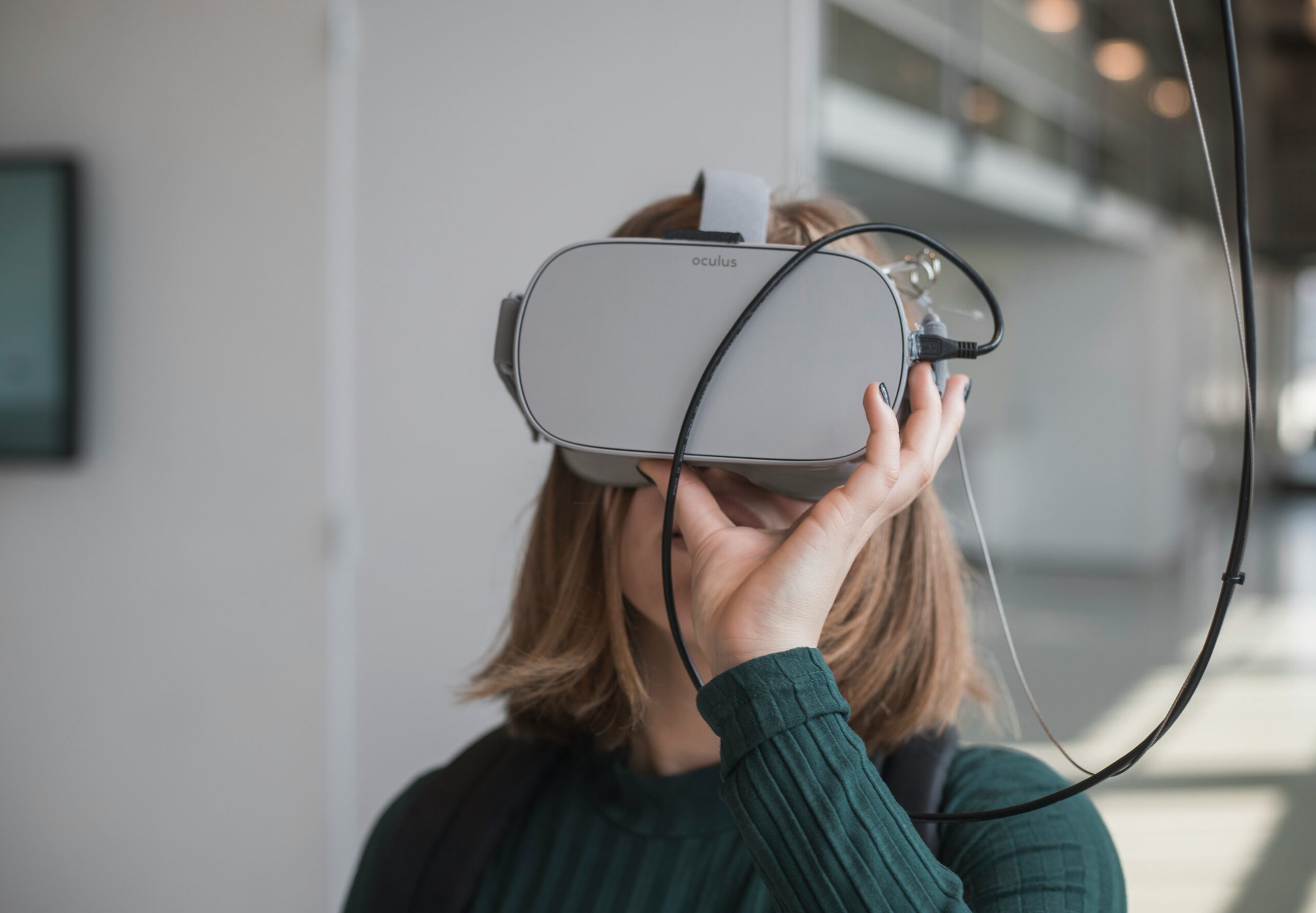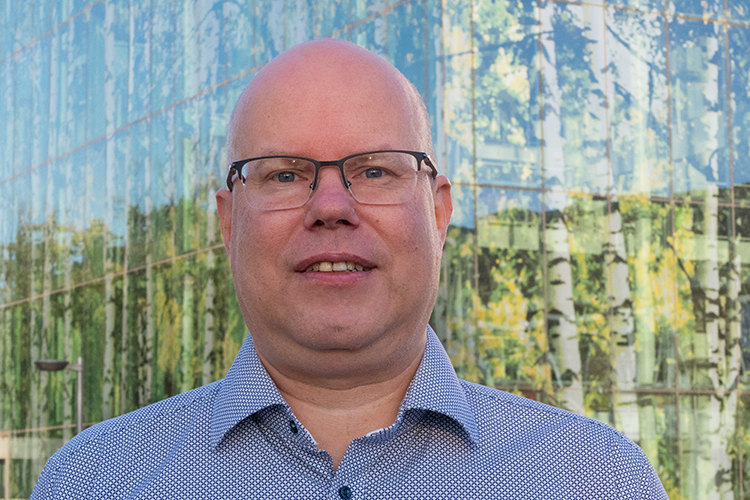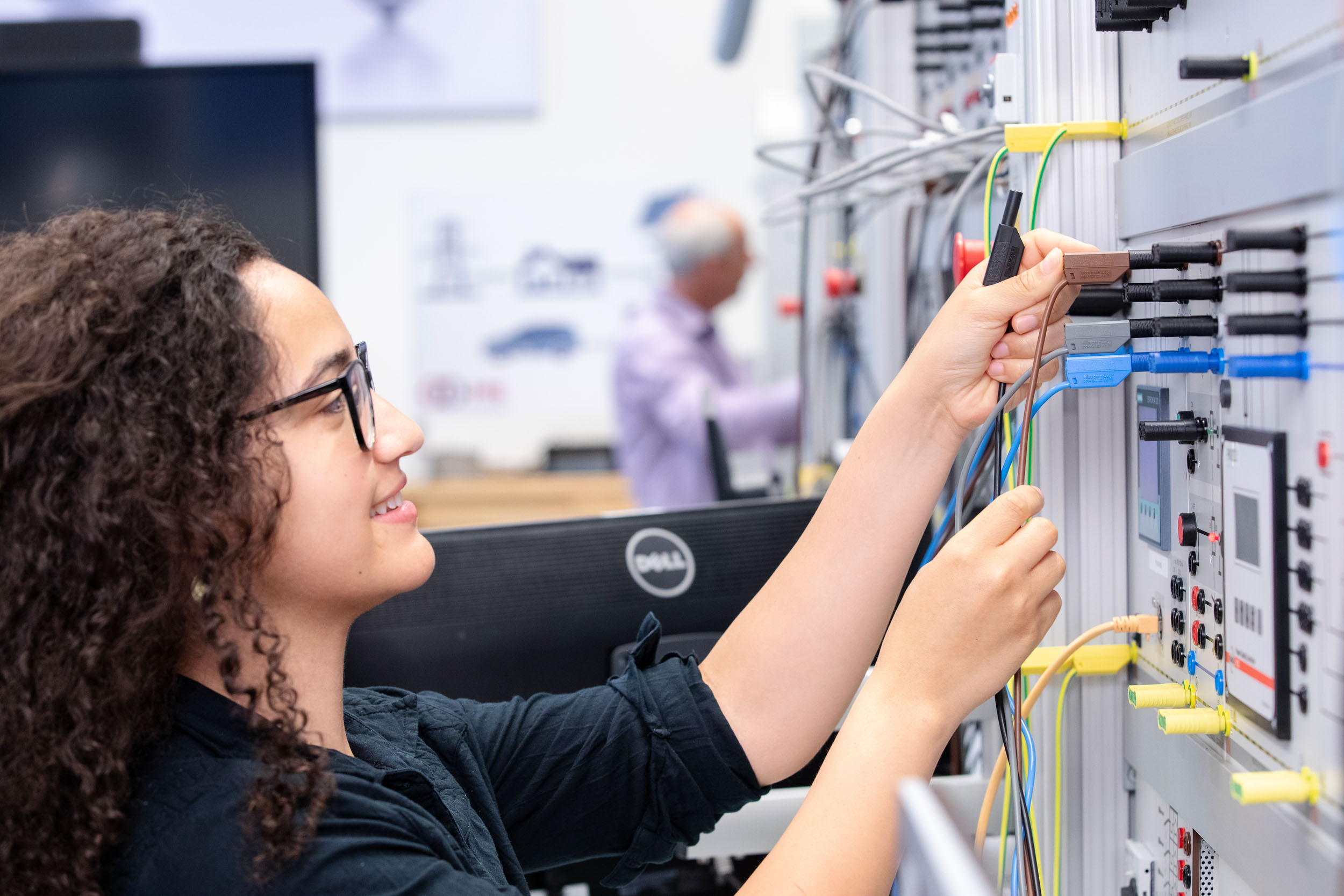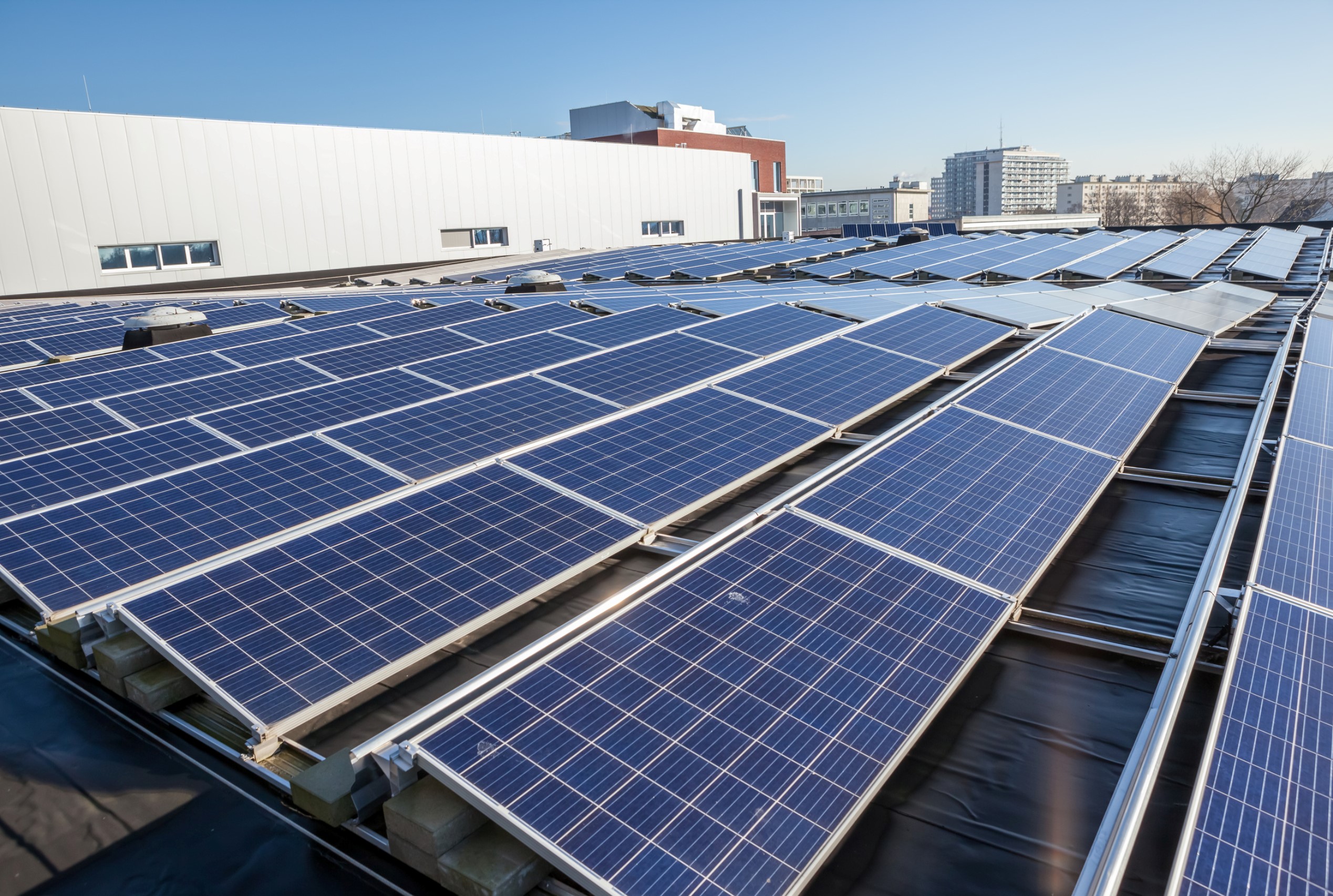Innovation: from 3D scan to virtual model
Within the project, MNEXT explores how to develop VR models efficiently and at scale. Instead of labor-intensive manual modeling, 3D scanning technologies are used to quickly and accurately capture homes in digital form. This brings technical challenges in data processing, model optimization, and usability — challenges that MNEXT and its partners address through innovative solutions.
Application in education and practice
The VR models are valuable not only for housing associations, architects, and contractors but also for education. Technical students can train in a virtual environment, learning how to install and configure sustainable systems such as heat pumps. In this way, VR-Retrofit-4U contributes to educating the skilled professionals needed to drive the energy transition.
Working together toward support and acceleration
With VR-Retrofit-4U, MNEXT demonstrates how technology can make complex transitions tangible and understandable. By bringing together residents, professionals, and students in a shared virtual environment, the project fosters understanding, trust, and enthusiasm to build a sustainable future together.







